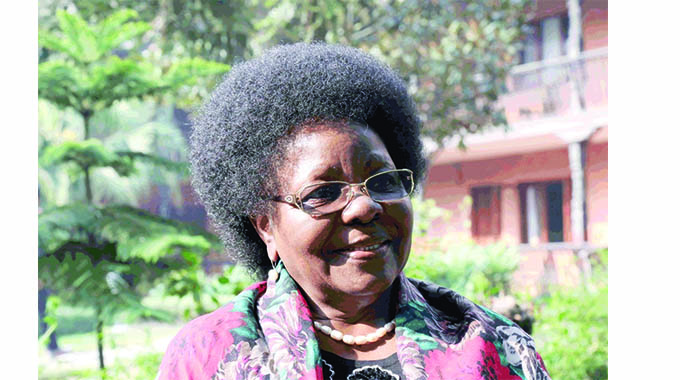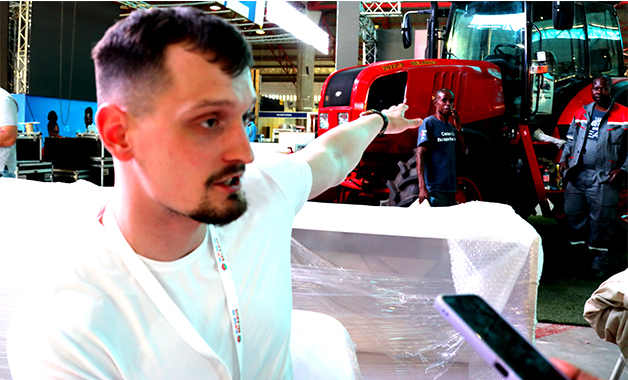Industry capacity utilisation jumps to 66%

Sikhulekelani Moyo, Business Reporter
ZIMBABWE’S manufacturing sector capacity utilisation clocked 66 percent in the fourth quarter of 2021 from 47 percent at the beginning of the year as local companies continued to consolidate the domestic market share.
The Zimbabwe National Statistics Agency (Zimstat) revealed the latest statistics yesterday during a business survey findings meeting for the manufacturing sector, which covers the fourth quarter of 2021.
The jump in capacity utilisation confirms the country’s manufacturing sector is on a rebound mode, and is responding positively to the Second Republic’s economic reform agenda.
Amid this momentum, Finance and Economic Development Minister Mthuli Ncube has said Government’s desire is to increase manufacturing capacity utilisation from an average of 40 percent in 2019 to 75 percent by 2023 while US$2 billion will be required to retool industry
“Capacity utilisation for the manufacturing industries increased from 65 percent during the third quarter to 66 percent on the fourth quarter,” said Zimstat director of production statistics, Mrs Matiwonese Phiri.
“Percentage utilisation by sector shows that drinks, tobacco and beverages have the highest percentage, which is 76 percent and the lowest was 15 percent for other manufactured products, which were not identified by names and categories.”
Mrs Phiri said the objective of the survey was to produce indicators for use in monitoring current business situations and short-term developments in the sector.
In this survey she said the respondents were senior managers of 146 high value manufacturing companies and the response rate was 63,8 percent.
Other sectors include the food sector, whose capacity utilisation stood at 69 percent, clothing and ginning 63 percent, clothing and footwear 50 percent, wood and furniture 63 percent, paper printing and publishing 51 percent, chemicals and petroleum products 68 percent, non-metallic mineral products 64 percent and metals and metal products 61 percent.
Mrs Phiri said the general business climate was optimistic based on the positive sentiments expressed by respondents during the survey.
“About 40 percent of survey respondents showed more optimism towards the general business climate when compared to the last three months,” she said.
“The balance of opinion for the indicator was 30 percentage points, which shows eight points up from third quarter value of 22 percentage points.”
Earlier in his remarks, Zimstat director general Mr Taguma Mahonde said key indicators produced from the survey comprise capacity utilisation, purchasing managers’ index (PMI), manufacturing confidence index (MCI) and balance of opinion or net balance.
He said the business tendency survey was among the undertakings that Zimstat is reviving having last conducted the exercise in 2015.
“Worth noting is that the survey was conducted in the manufacturing sector as a starting point. Beginning 1st quarter 2022, the survey will be expanded to cover the mining, retail, wholesale, accommodation as well as finance sectors of the economy,” said Mr Mahonde.
With the growth in domestic industry capacity, Zimbabwe is positioning itself for import substitution while pushing towards increased exports into the regional and international markets. — @sikhulekelaniM1










Comments